A looming medical empire, remote depression monitoring and treatment, and better cancer diagnostics — just a sample of what big tech has in store for healthcare.
It’s evident that big tech has a role to play in the transformation of healthcare. Their scale, financial resources, and talent pool allow them to explore new spaces and find data-driven solutions to challenging healthcare problems. Their contributions to this space will cut costs, improve patient outcomes, and help medical organizations make better decisions at a higher level.
Here’s what three of the biggest players in tech are currently working on, and what it might mean for the medical community to come.
Amazon: A Partnership — and a Step Forward
Amazon has recently partnered with Cerner, one of the world’s largest health IT companies, to develop technology that makes better predictions about healthcare outcomes. Amazon Web Services (AWS) will provide cloud infrastructure to HealtheIntent, a population health platform from Cerner that allows hospitals to synthesize huge amounts of data, identify opportunities to improve care, and reduce costs across the delivery system.
Amazon’s choice to partner with Cerner is just one more step toward the company’s impending launch in healthcare. Though the company has remained remarkably quiet about its health technology, rumors are flying that it will soon open an online pharmacy, physical locations within Whole Foods — a recent acquisition — or both. If, on top of this, Amazon cracks healthcare’s journey from data servers into the cloud, it stands to take a major stake in this $9.5 billion market by 2020.
Apple: A Case Study for the Apple Watch
In a recent study funded by Takeda Pharmaceuticals, researchers found that the Apple Watch may help patients with severe depression track their symptoms and give doctors an accurate alternative to traditional tests. In addition to antidepressant therapy, 30 adults received Apple Watches with the Cognition Kit application and completed daily cognitive and mood tests. Researchers reported 94.6% compliance overall — as well as alignment with the results of the CANTAB cognition test — indicating that the Apple Watch may provide a patient-centric alternative to more established methods.
This finding comes as more and more medical organizations take advantage of the benefits of mobile health and wearables. Doctors are beginning to trust that mHealth can provide a reliable, time-saving alternative to in-office visits, using telehealth and remote monitoring to communicate with patients remotely. As this technology improves, we should begin to see more and more widespread use in the medical community.
IBM: AI vs. Cancer
In yet another powerful demonstration of the AI’s capabilities, a study from the University of North Carolina has revealed IBM Watson’s potential as a tool for determining appropriate cancer treatments. Researchers used Watson for Genomics to identify feasible treatment options for more than 1,000 patients whose tumors had specific genetic markers. Not only could Watson’s diagnostic abilities compete with a tumor board — it identified 703 cases that the board also identified — it indicated treatment options for an additional 323 patients. Though we don’t have data on potential outcomes, we now have a baseline for how AI can help oncologists determine the best course of treatment for a given cancer patient.
This news fits into a larger conversation about how AI is shaping the way we diagnose and treat patients, develop drugs, and minimize healthcare costs. Thanks to the sheer amount of processing power available through AI tools like IBM Watson, healthcare providers have greater insight into everything from genetic abnormalities to nationwide epidemiological trends. Barring some FDA approval hurdles, it’s only a matter of time before AI becomes widespread as a diagnostic tool.
These projects are only a small sample of what we can expect to come out of big tech in the following months. These tech giants are poised to change the healthcare space for the better, taking the rest of us along for the ride.
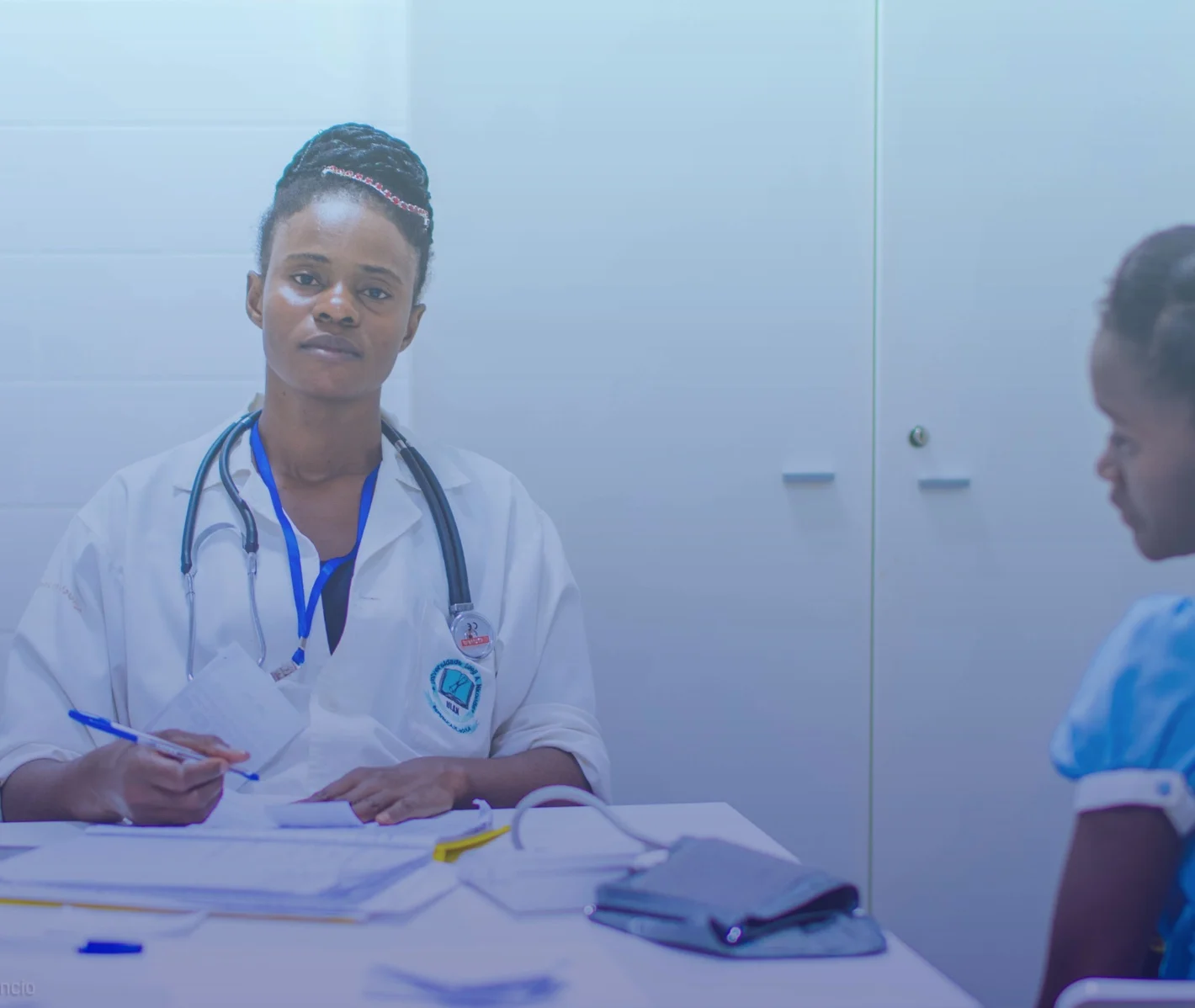















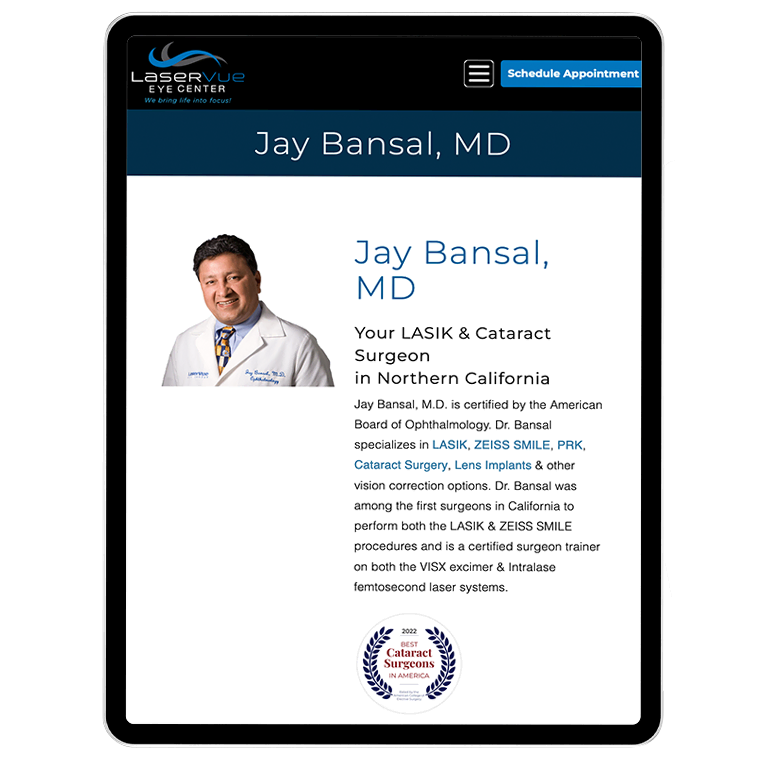

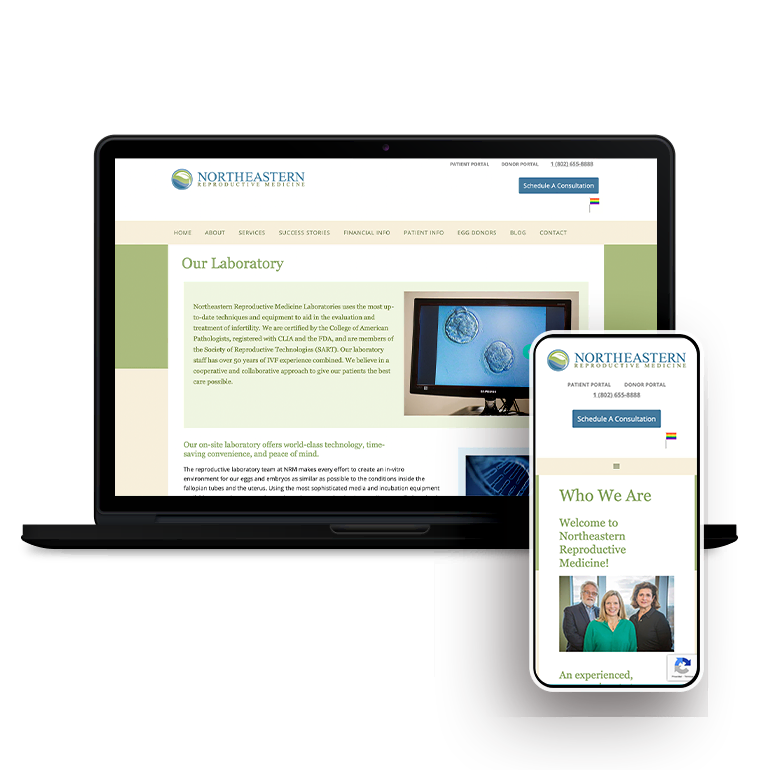
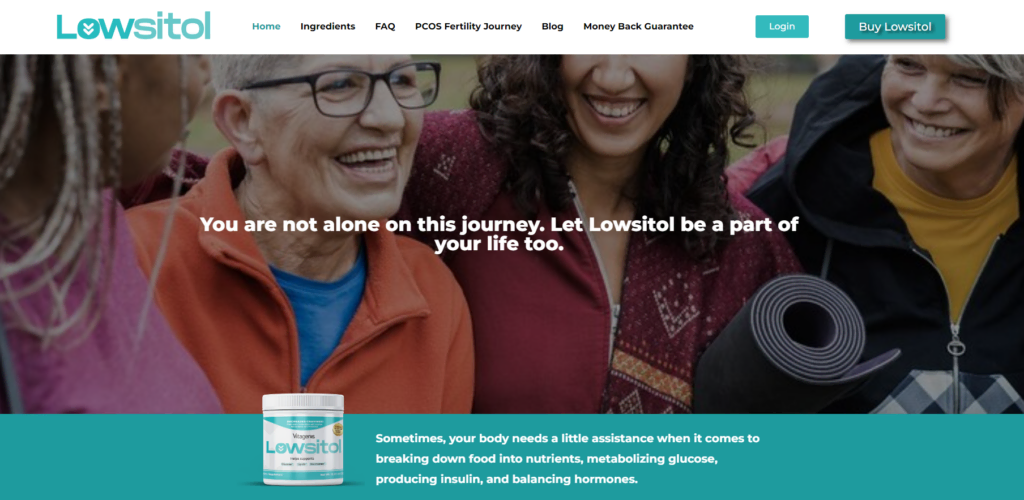


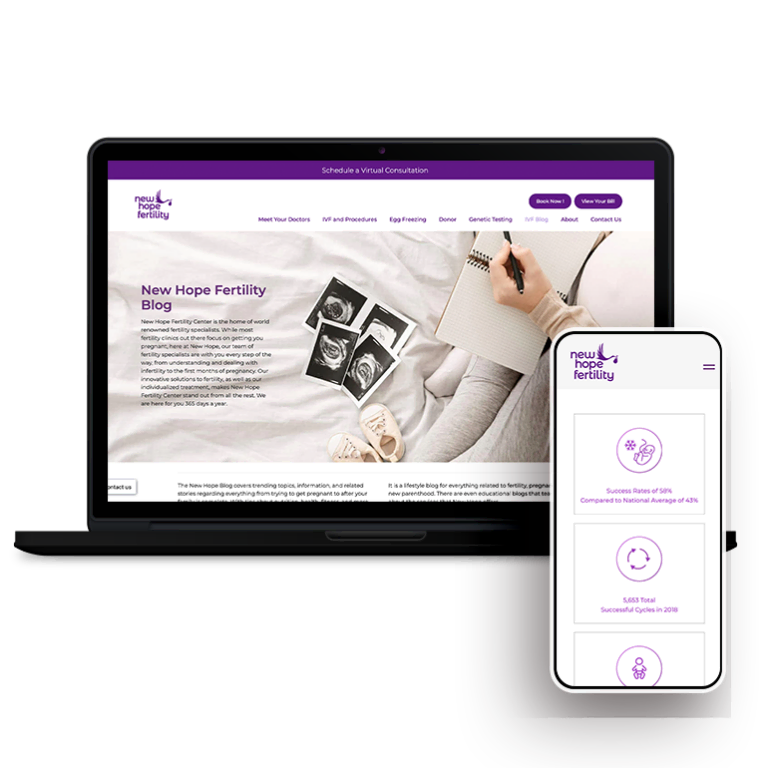
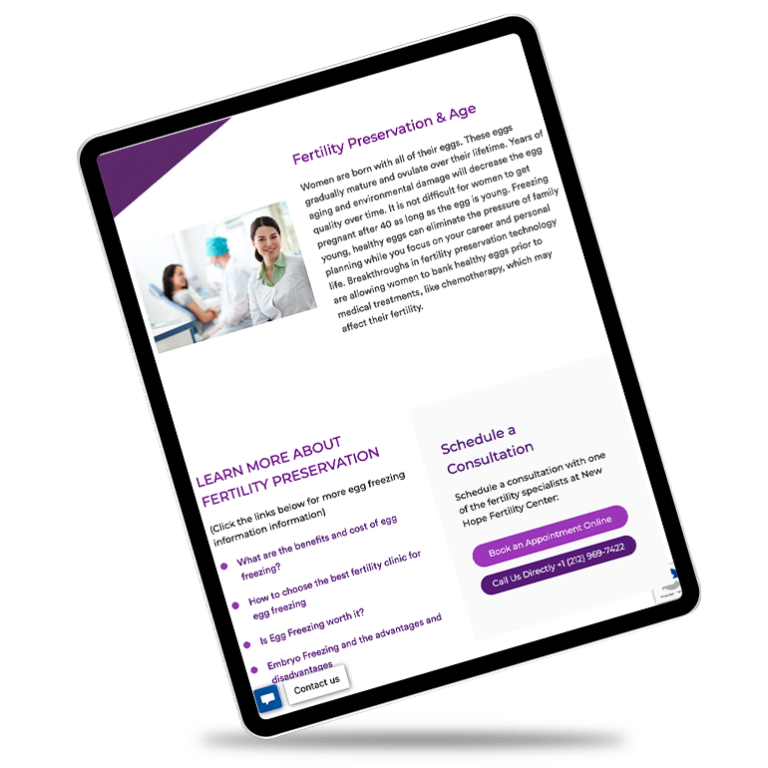
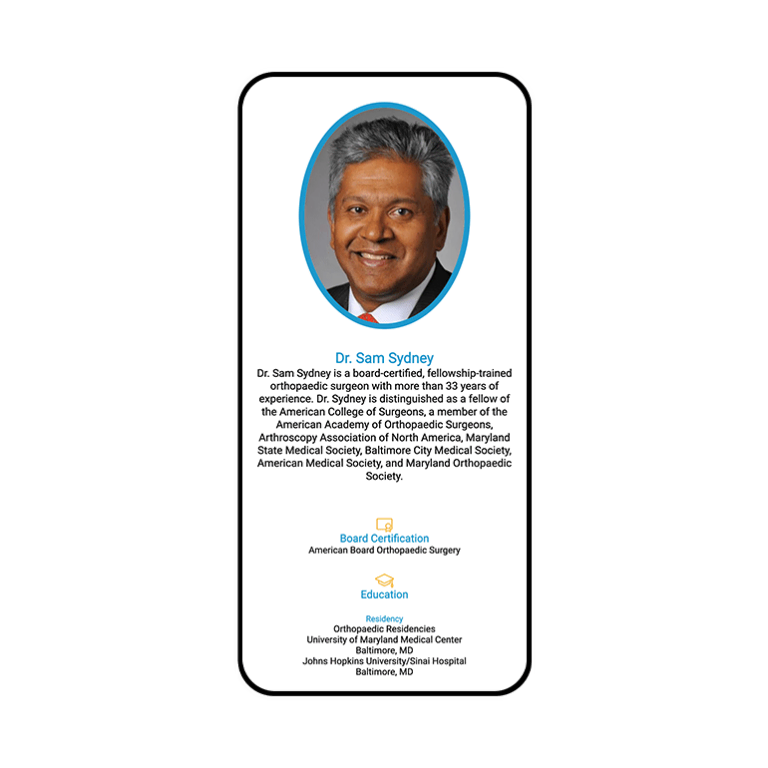
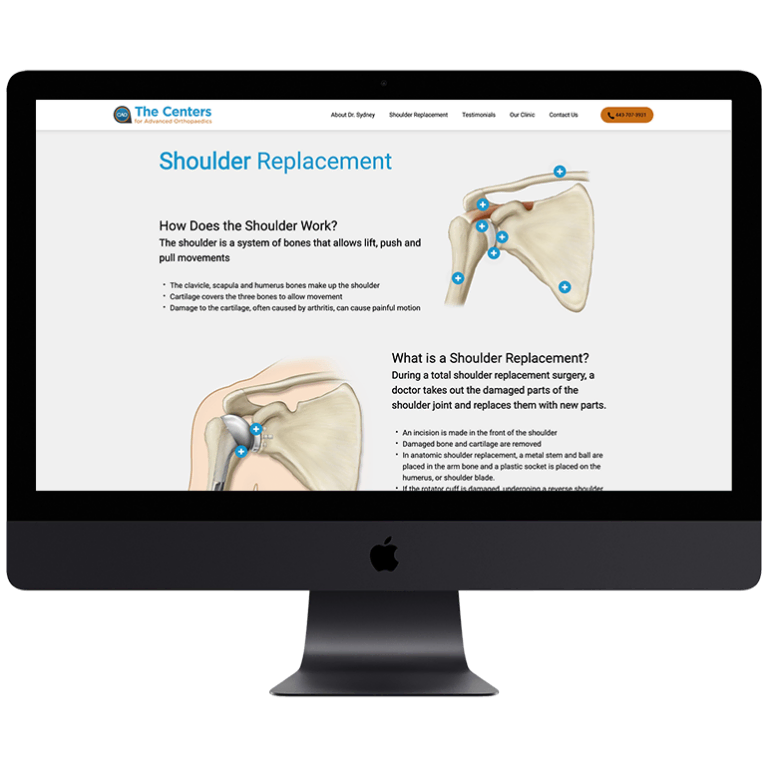



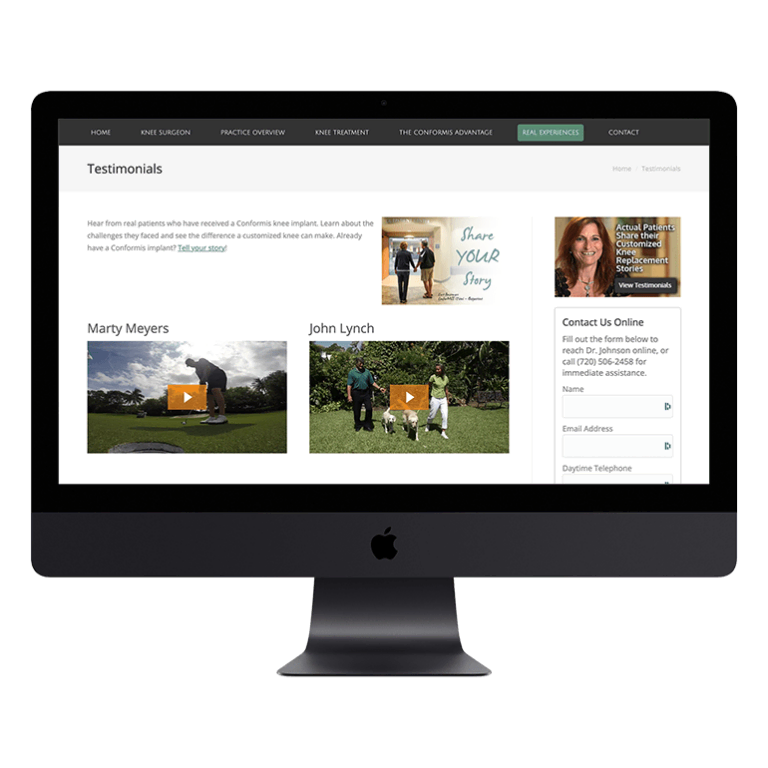
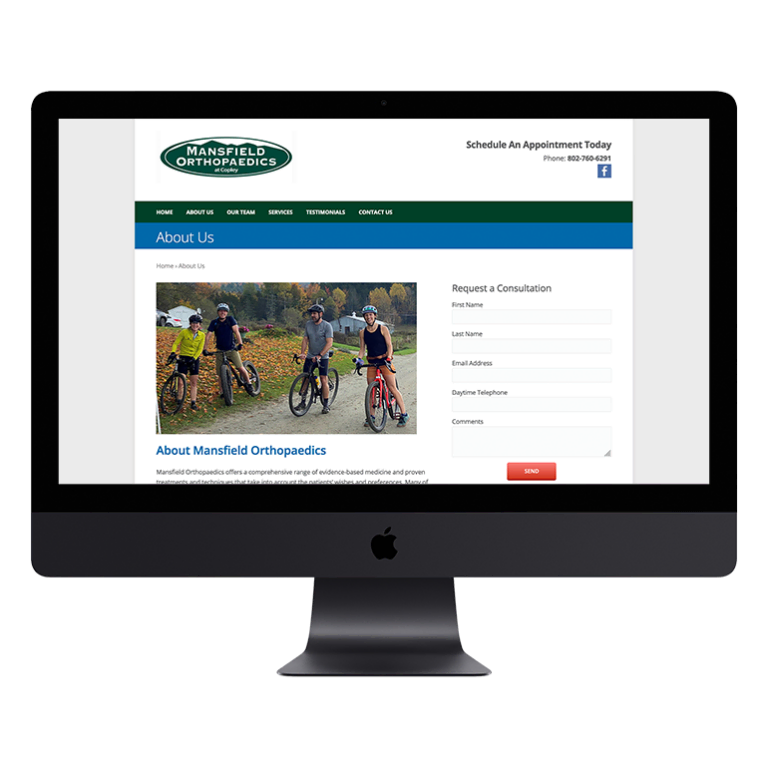
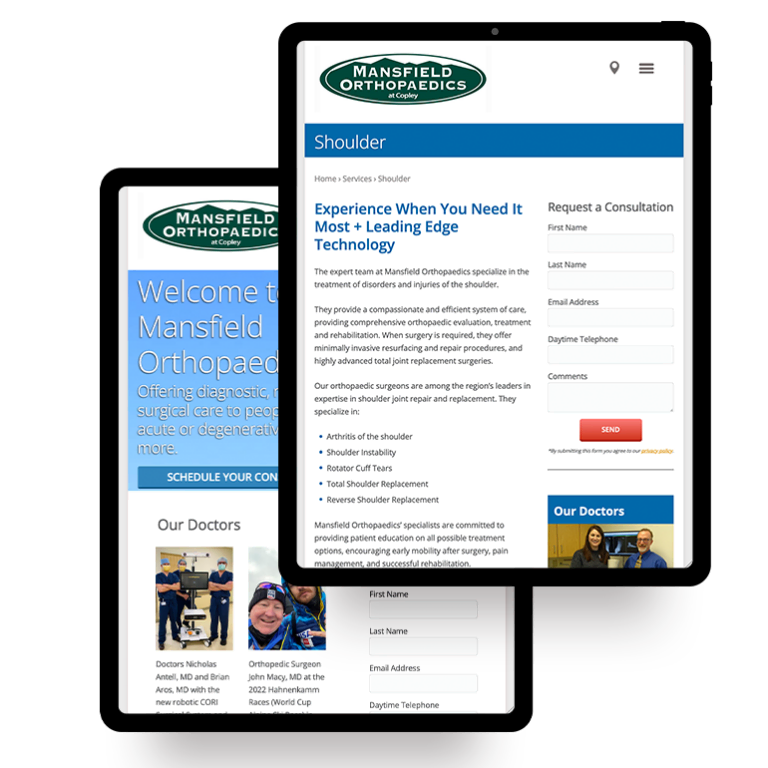

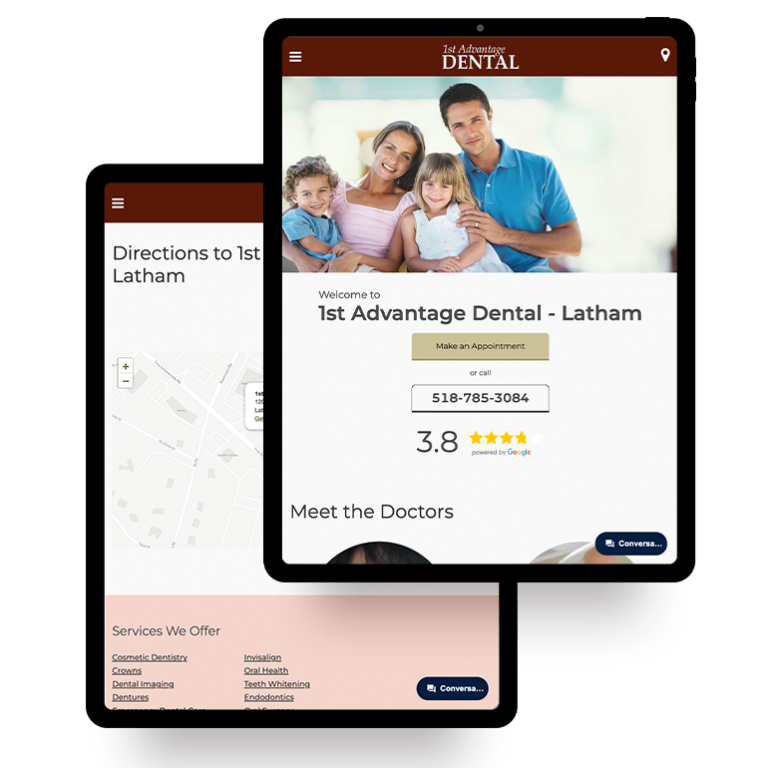

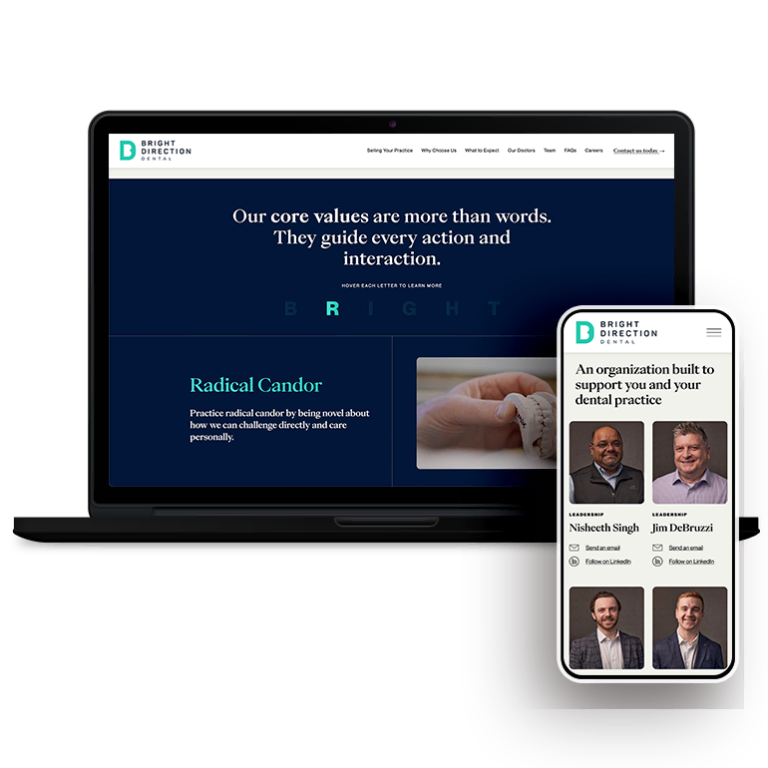
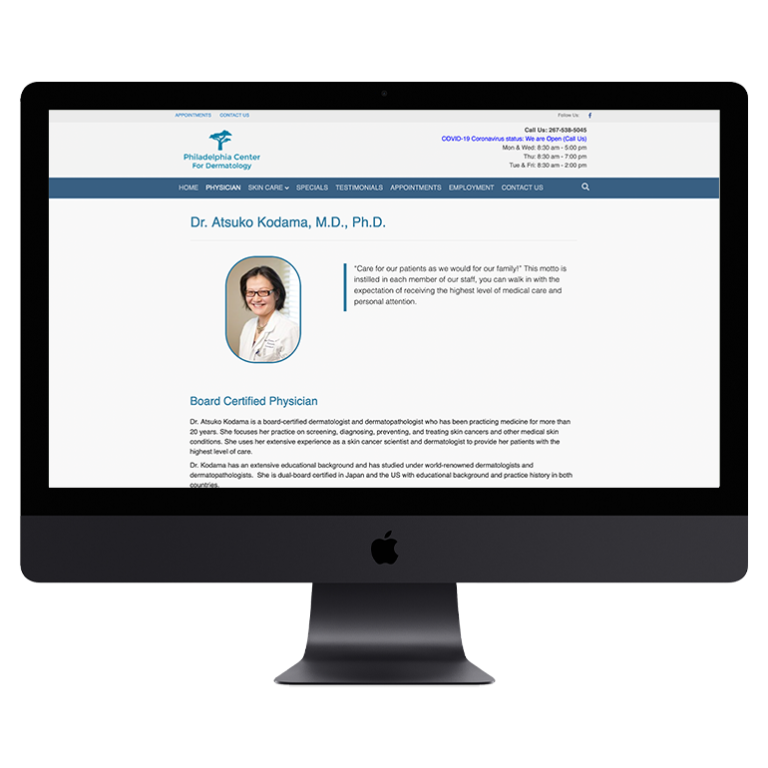
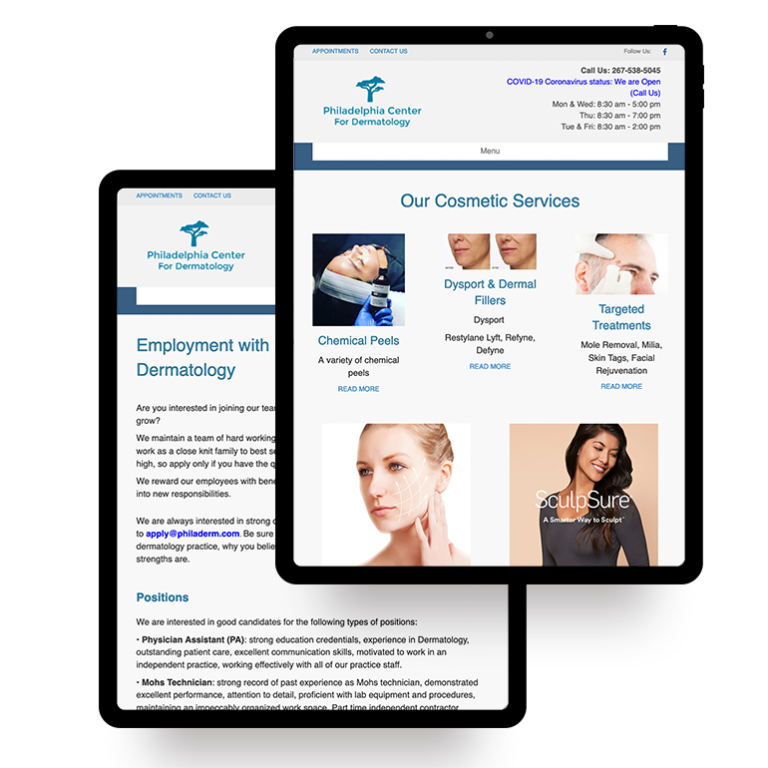





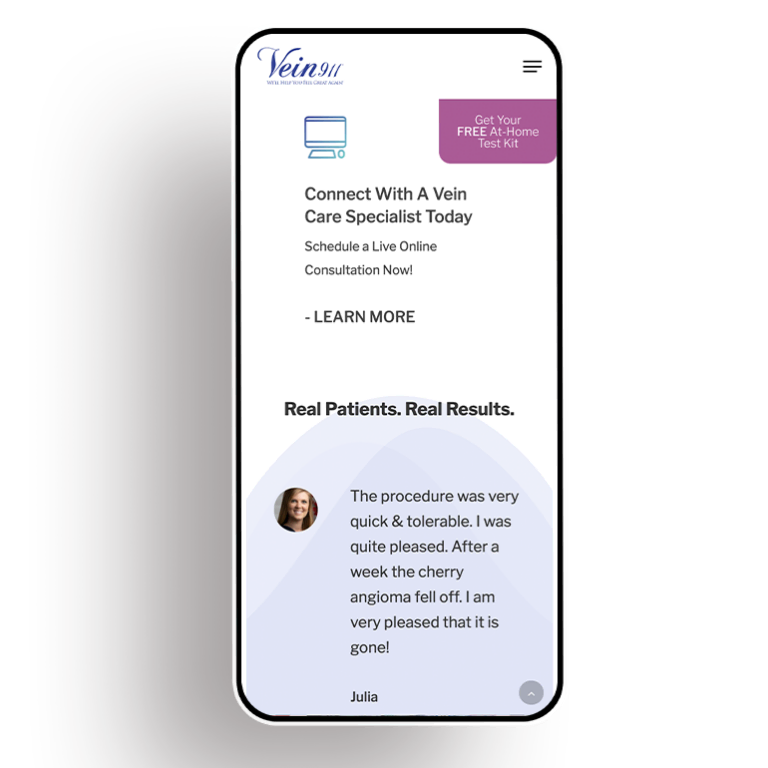

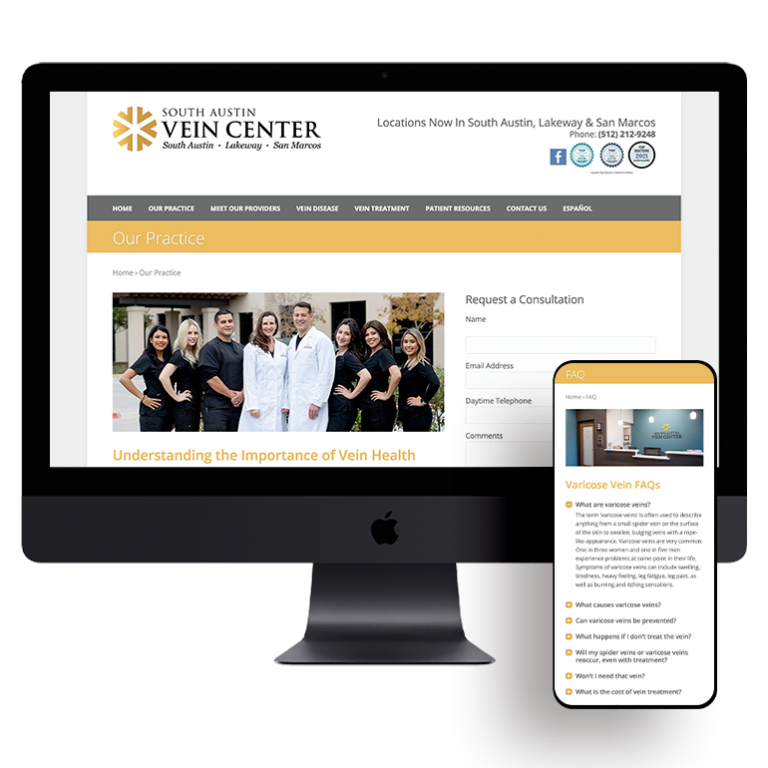
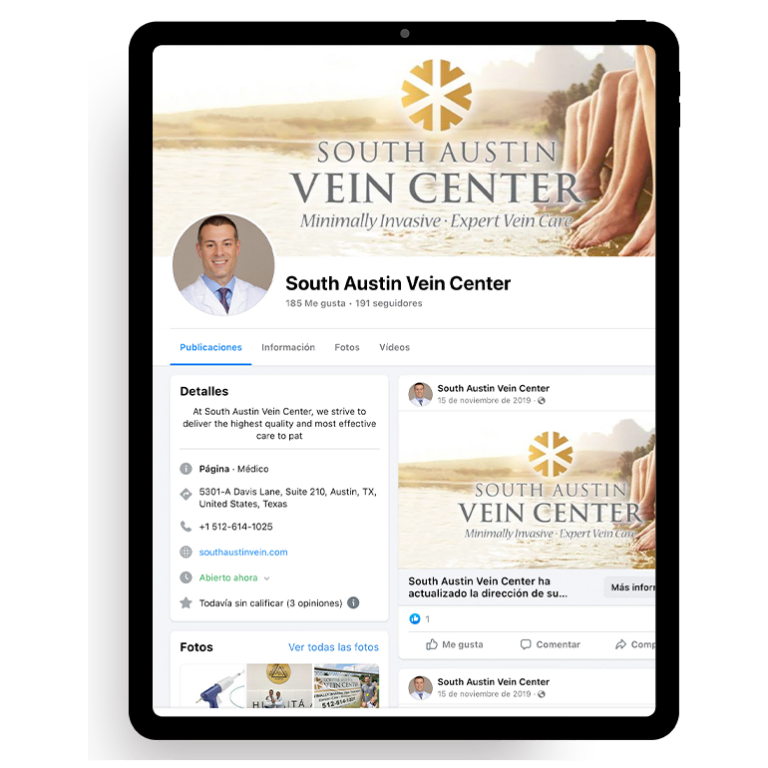



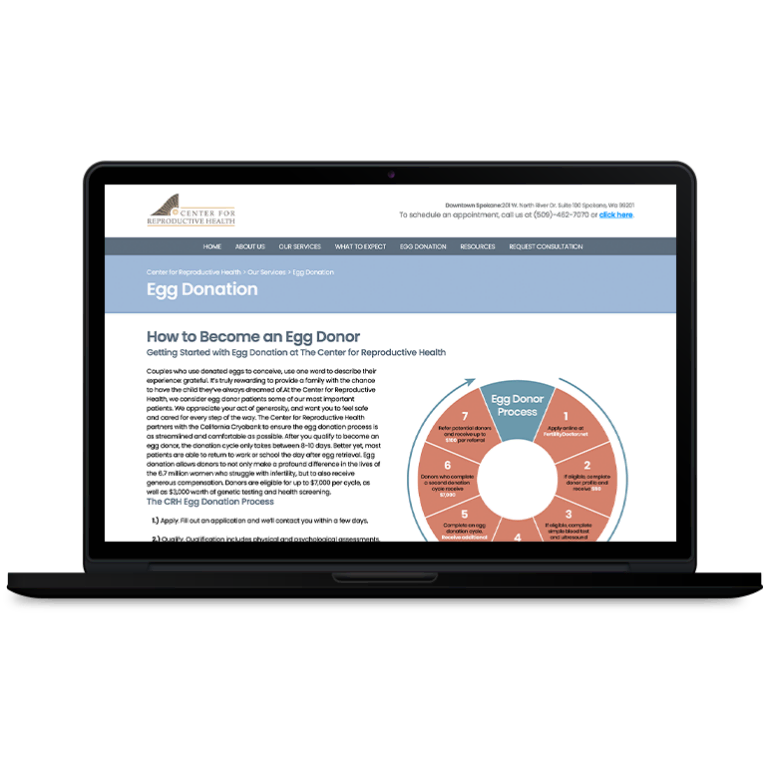

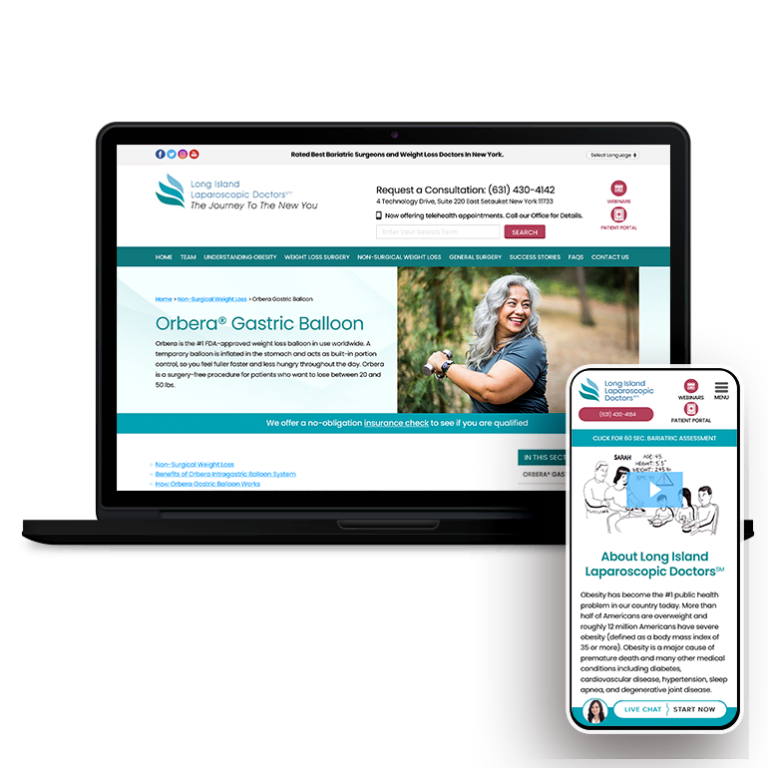
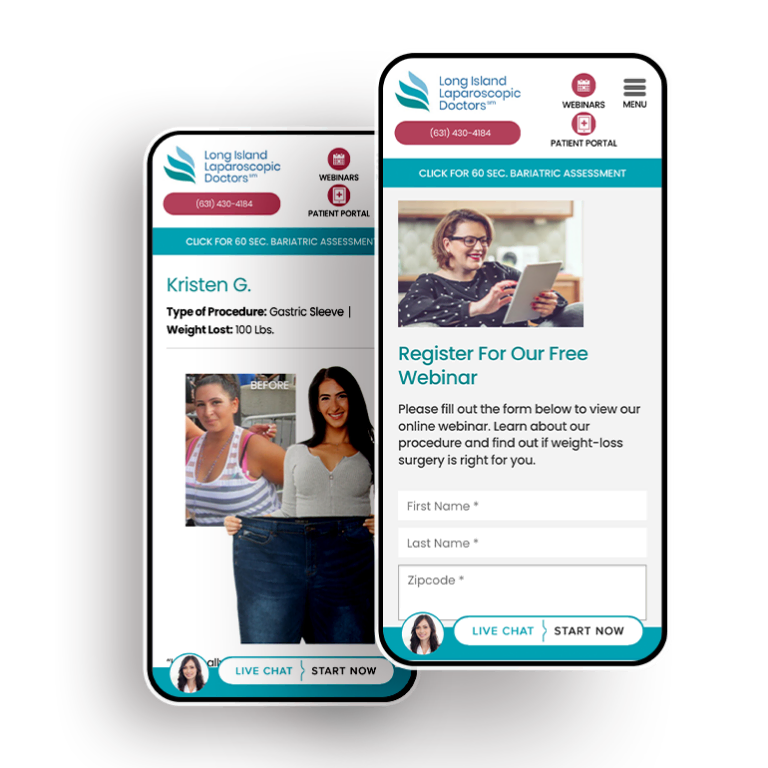
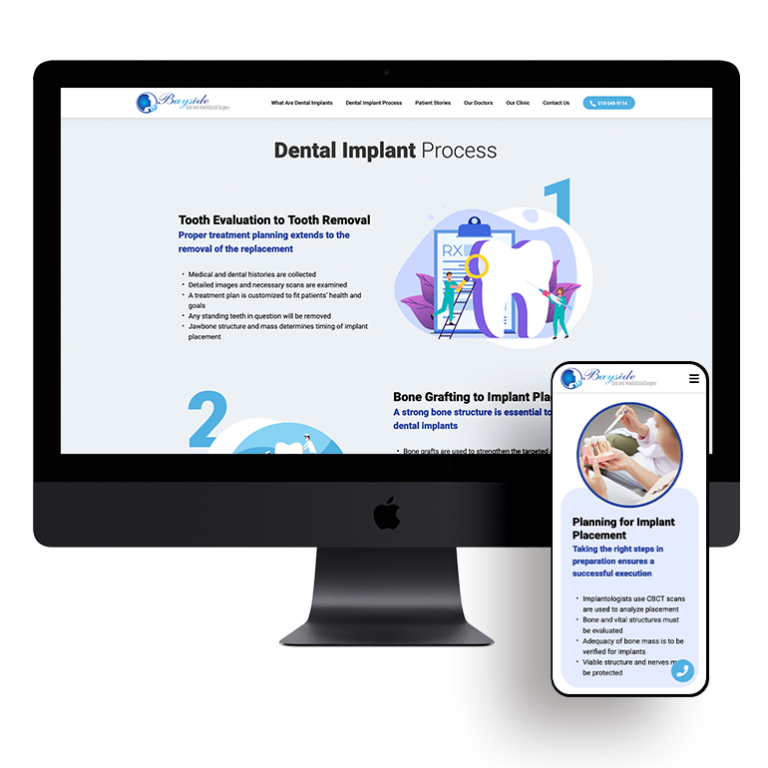




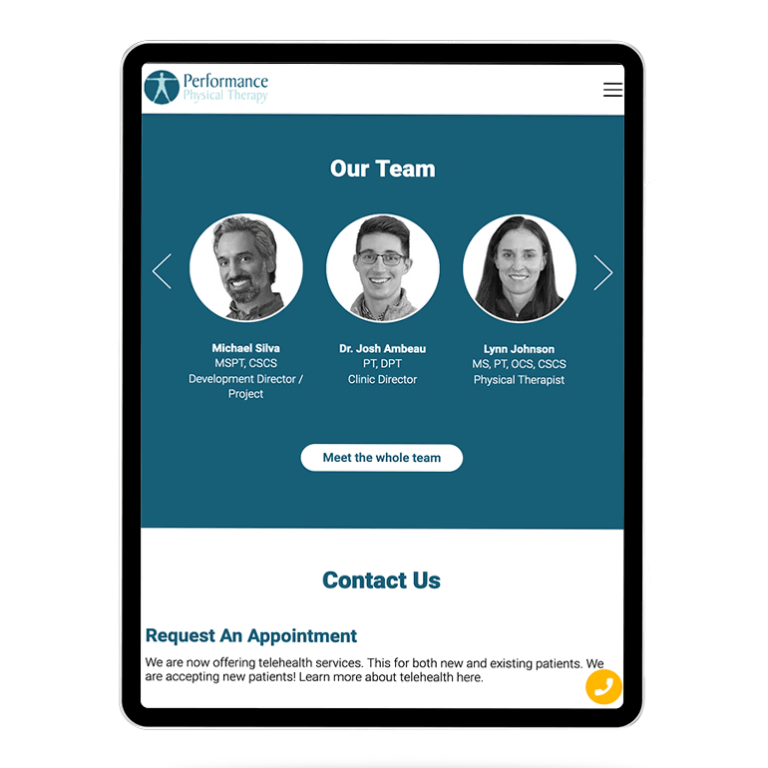

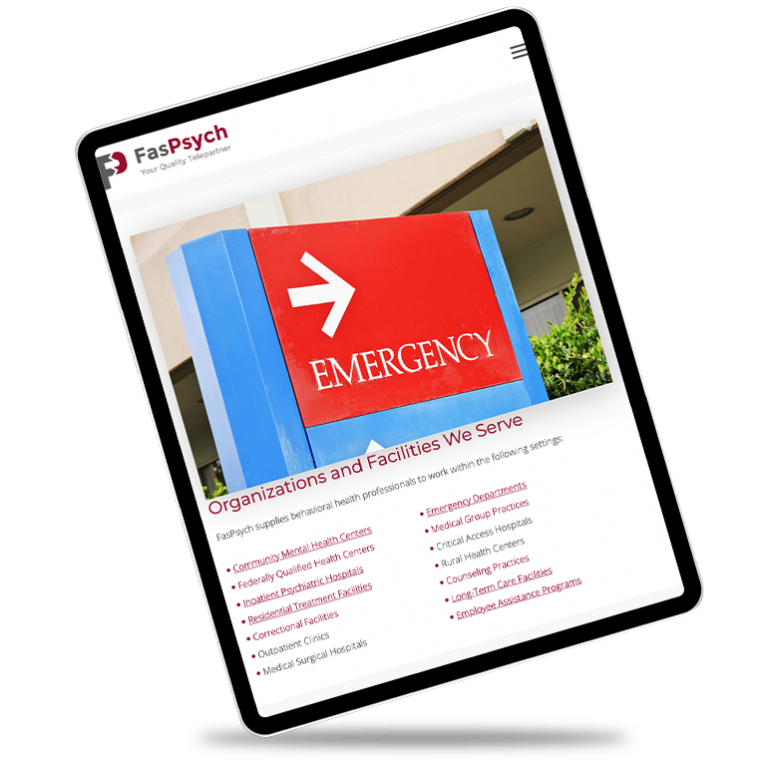
 Smart Design Creates New Patient Opportunities
Smart Design Creates New Patient Opportunities